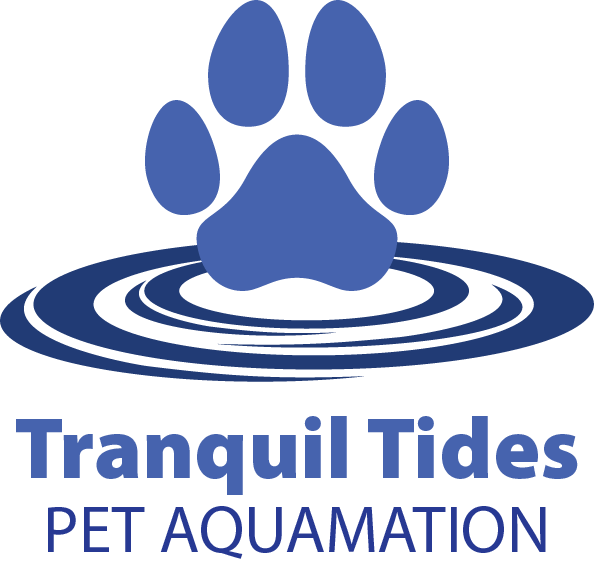Environmental Benefits of Pet Aquamation
Tranquil Tides believes that honoring your pet at every stage of their life is very important, and we know that Aquamation is a safer, friendlier alternative to flame-based cremation. By choosing Aquamation, you are making a conscious choice to help the environment. It does so without burning any fossil fuels, without emitting any harmful greenhouse gases, and uses 90% less energy than fire cremation.
This low carbon footprint process allows the family member to receive 20% more ashes of their beloved pet. Our process is not only safe for dogs and cats, but for hamsters, rabbits, birds, rats, hedgehogs, lizards, fish, goats, and many more small animals. Without the incineration from the high heat of traditional pet cremation, pet aquamation leaves you with more of your cherished pet to bring home. And, that is pretty important when honoring the gift of love they gave you unconditionally.
We’ve been through it ourselves, and we know what you’re going through. At Tranquil Tides, we’re here to support you in your pet loss and encourage you to call us. There is nothing better than speaking to someone and letting us reassure you of any concerns and walk you through our process.
We are born out of water, many times baptized in water, and our bodies are, on average, 65% water. With Aquamation, we are returned to the earth as part of the cycle of life, our elements reabsorbed as Mother Nature intended. Aquamation is an environmentally sustainable choice – more so than fire cremation – because it emits nothing into the atmosphere.
The video below explains more about the environmental impact difference between fire cremation and aquamation.
Comparing Aquamation and Flame-based Cremation
In 1996, when the national cremation rate was 21.8%, the United States Environmental Protection Agency (US EPA) turned its attention to regulating crematories. CANA and the US EPA formed a working group to examine scientific studies on emissions and make informed recommendations to federal environmental regulators.
By combining data and research from the Pet Loss Professionals Alliance (PLPA) and the Humane Society of the United States, the EPA estimates that 4,540,965 pets are cremated each year. This leads to nearly incalculable amounts of Carbon Dioxide, Carbon Monoxide, Nitrogen Oxides, Sulfur Dioxide, and Mercury being released into the atmosphere. Globally, it is estimated that over 6.8 million metric tons of carbon dioxide are released into the atmosphere from fire cremation services.
In contrast, the environmental benefits of pet aquamation are significant. In place of a number of potentially climate-changing chemicals being released into the atmosphere, the process of alkaline hydrolysis releases only wastewater, mineral remains, and a marginally weak composition of amino acids, salts, and sugars. The wastewater can be disposed of through the local municipality’s drainage system or repurposed directly for fertilizing land.
In addition, the aquamation process uses approximately 90% less energy and, thus, electricity.

